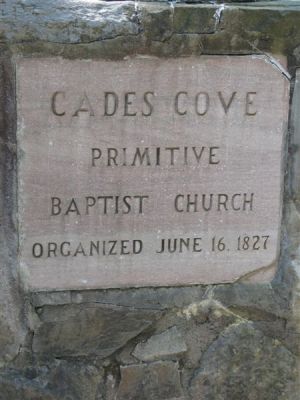 Cades Cove Primitive Baptist Church--
In Cades Cove and the surrounding Smokies area, it took faith to settle the American frontier so religion was a big part of life for the settlers. Up until the founding of the Baptist Church, the Cades Cove members had to travel through the Smoky Mountains to attended Sunday meeting in Millers and Wears Coves. They also went to campground revivals in Tuckaleechee Cove, present day Townsend.
|
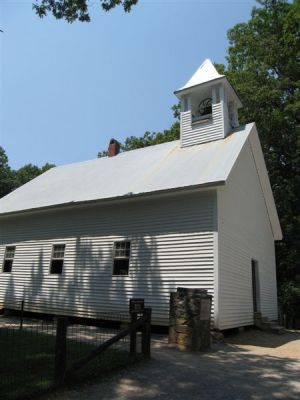
Cades Cove Primitive Baptist ChurchThe Cades Cove Baptist church was established in 1827. In time a schism developed over biblical interpretation. One side said the scripture allowed for missionary work and others in the congregation said it did not. |
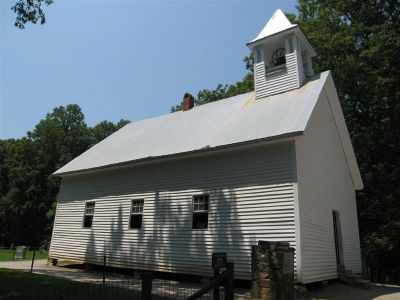 This problem was not isolated to the Baptists in the Smokies but was widespread elsewhere as well. As for the Cades Cove Baptists, they decided to rename their church in order to distinguish it from Baptists with other beliefs. |
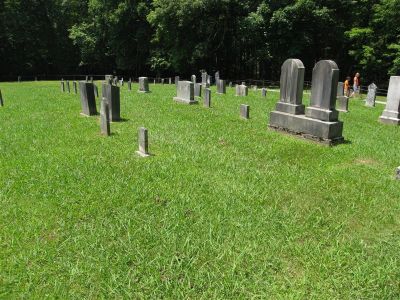 Their church became known as the Primitive Baptist Church in 1841. The small congregation met in a log structure for sixty years until the white frame church was built in 1887. |
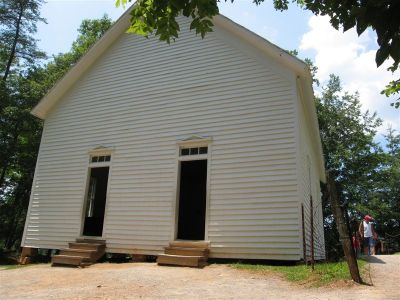
Cades Cove Methodist ChurchThis Cades Cove congregation also began modestly meeting in a log structure with a fire pit and dirt floor. As change came rather slowly in the Smokies, it took sixty two years to get a newer more modern building. In 1902 carpenter/pastor, John D. McCampbell built the pretty white frame structure which became the Cades Cove Methodist church. The buildings two front door design was common in the 1800's in the Smokies and elsewhere. |
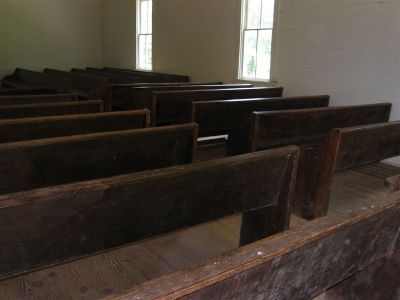 Generally a two front door design allowed men to enter and sit on one side of the chapel and women and children on the other. Some churches even had a divider in the middle of the chapel. However, the Cades Cove's Methodist congregation was more relaxed and sat where they pleased. |
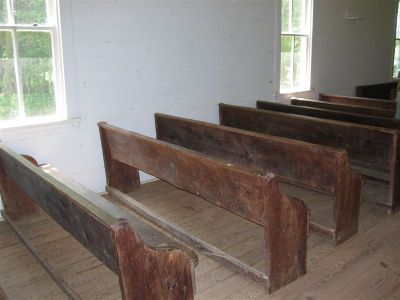
old wooden pewsRecords show the builder was simply copying the design of another church building which happened to have the two door design. What a lovely result. The balanced design of the little Methodist Church tends to a feeling of peace and harmony in it's Smoky Mountain setting.
|
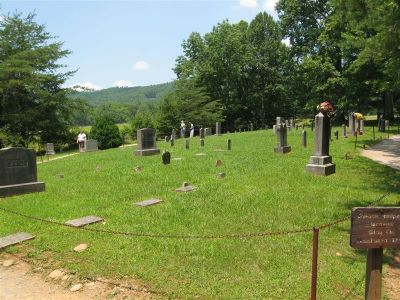 Yet the peaceful setting and harmonious design of the church building did not shield this Smokies congregation from controversy. The Cades Cove Methodist was troubled by division during the Civil War and Reconstruction. Dissidents split off and formed the Hopewell Methodist church. The Hopewell building no longer stands. |

old wooden fence post with rusted barbed wire |
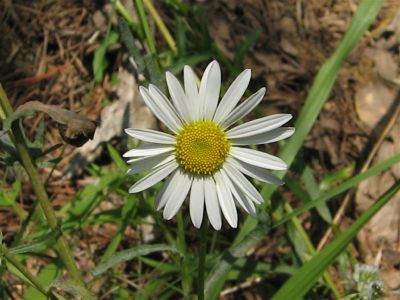
daisy, he love me, he loves me not, he loves me, he loves me not |
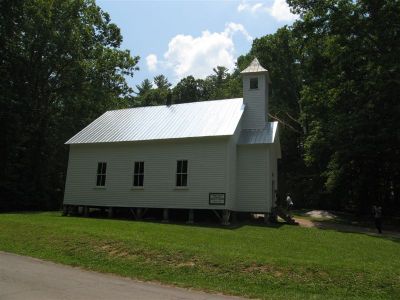
Cades Cove Missionary Baptist ChurchIn Cades Cove as in the rest of the Smokies, Baptists were divided into camps of members who supported missionary work, temperance societies and Sunday schools and those that didn't. Some thought there was no Biblical support for those things. In the end, a number of Cades Cove Baptists were eventually dismissed from the original Baptist church for their beliefs including Johnson Adams who was pastor. |
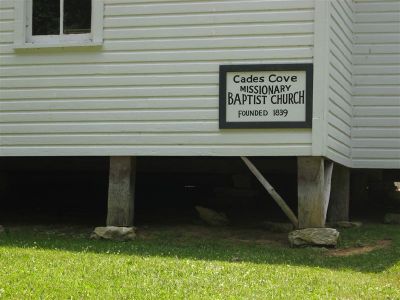 On May 15, 1841, Adams and other disenfranchised Smokies pioneers banded together and established the Cades Cove Missionary Baptist Church. The start was rocky. They had no meeting house and had to meet in individual homes. Sometimes they made arrangements to meet at the Primitive Baptist or Methodist church buildings. Also, in the Smokies there was much confusion over the Civil War. During the Civil War and reconstruction, the Missionary Baptists didn't meet for long periods of time. |
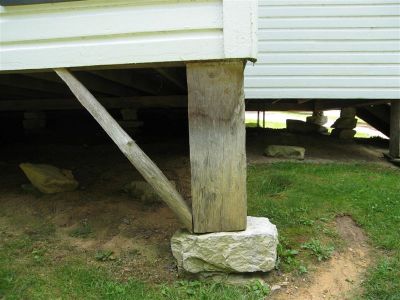 After the war however, they had a particularly successful revival and were able to erect their own church building in the Cades Cove area of the Smoky Mountains. Their church was constructed on Hyatt Hill in 1894, with their rolls bulging with 40 members. Eventually the rolls grew to over one hundred. In 1915, a new building was needed and was created in the present location. |
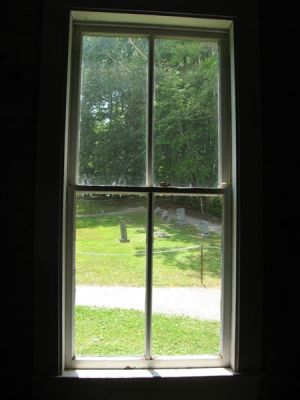
looking out the window toward the cemetery |
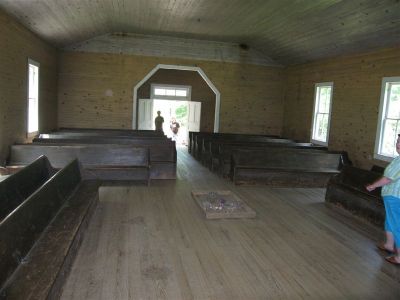 |
 |
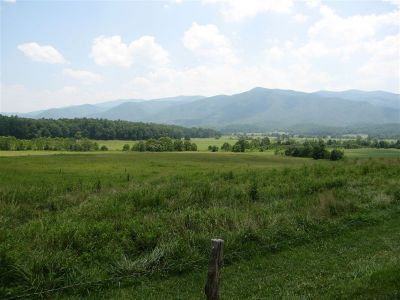 |
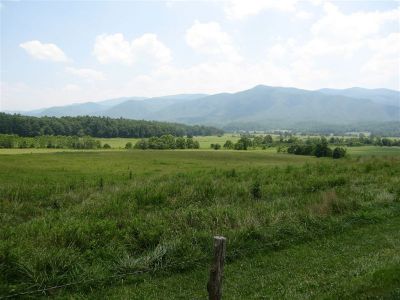 |
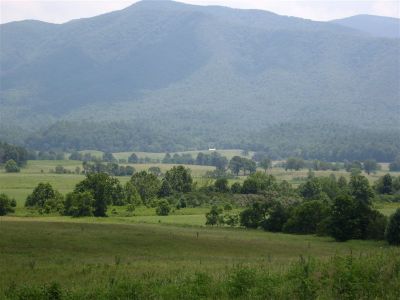 |
 |
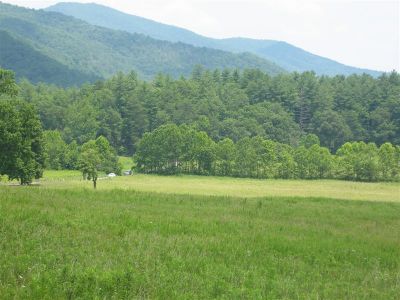 |
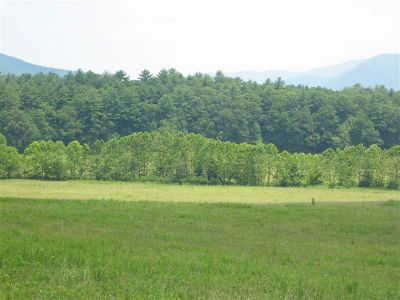 |
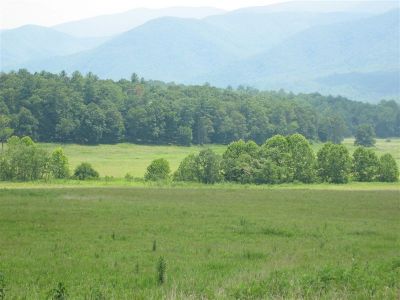 |
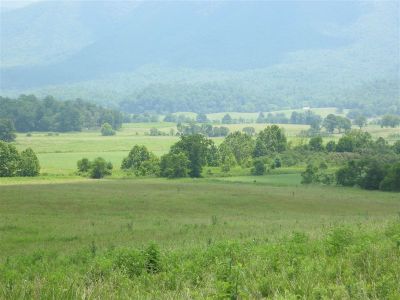 |
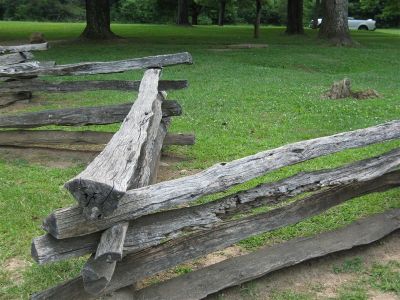 |
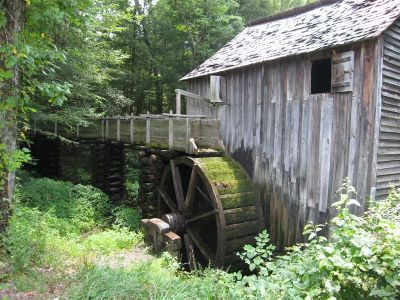
John P. Cable Mill, Mill Flume, at Cades Cove |
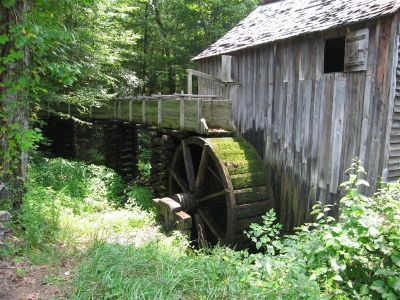 |
 |

old wood stove in the Gregg Cable House at Cades Cove |
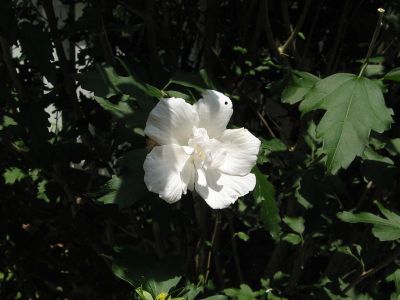 |
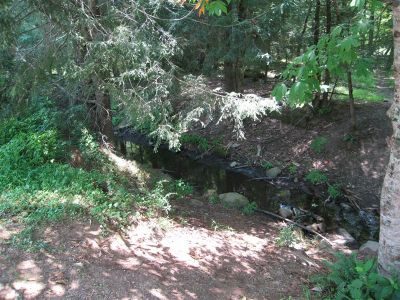 |
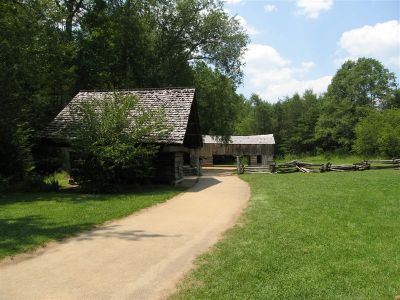 |
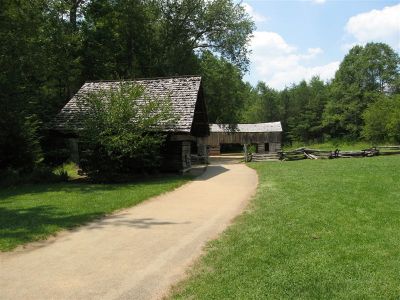 |
 |
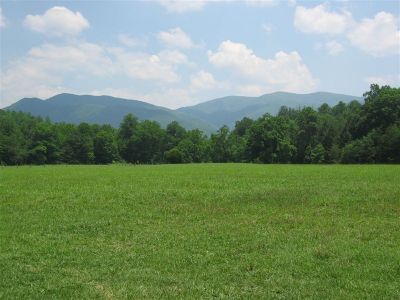 |
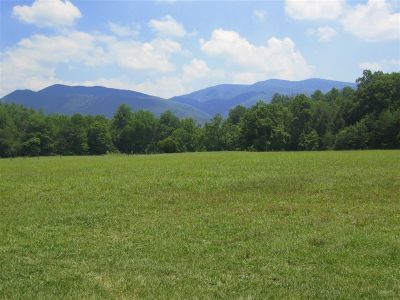 |

Carter Shields CabinGeorge Washington "Carter" Shields lived in his Cades Cove cabin from 1910 through 1921. |
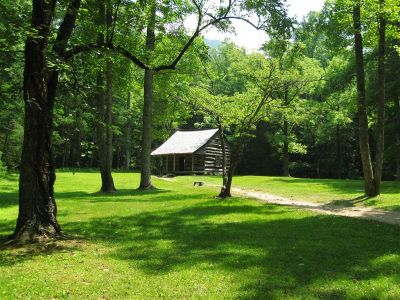 A beautiful location in which to retire, Shields was crippled in the Battle of Shiloh. |
 Dogwood trees bloom here in the early spring making this cabin one of the loveliest in the Cades Cove.
|
 |
 |











